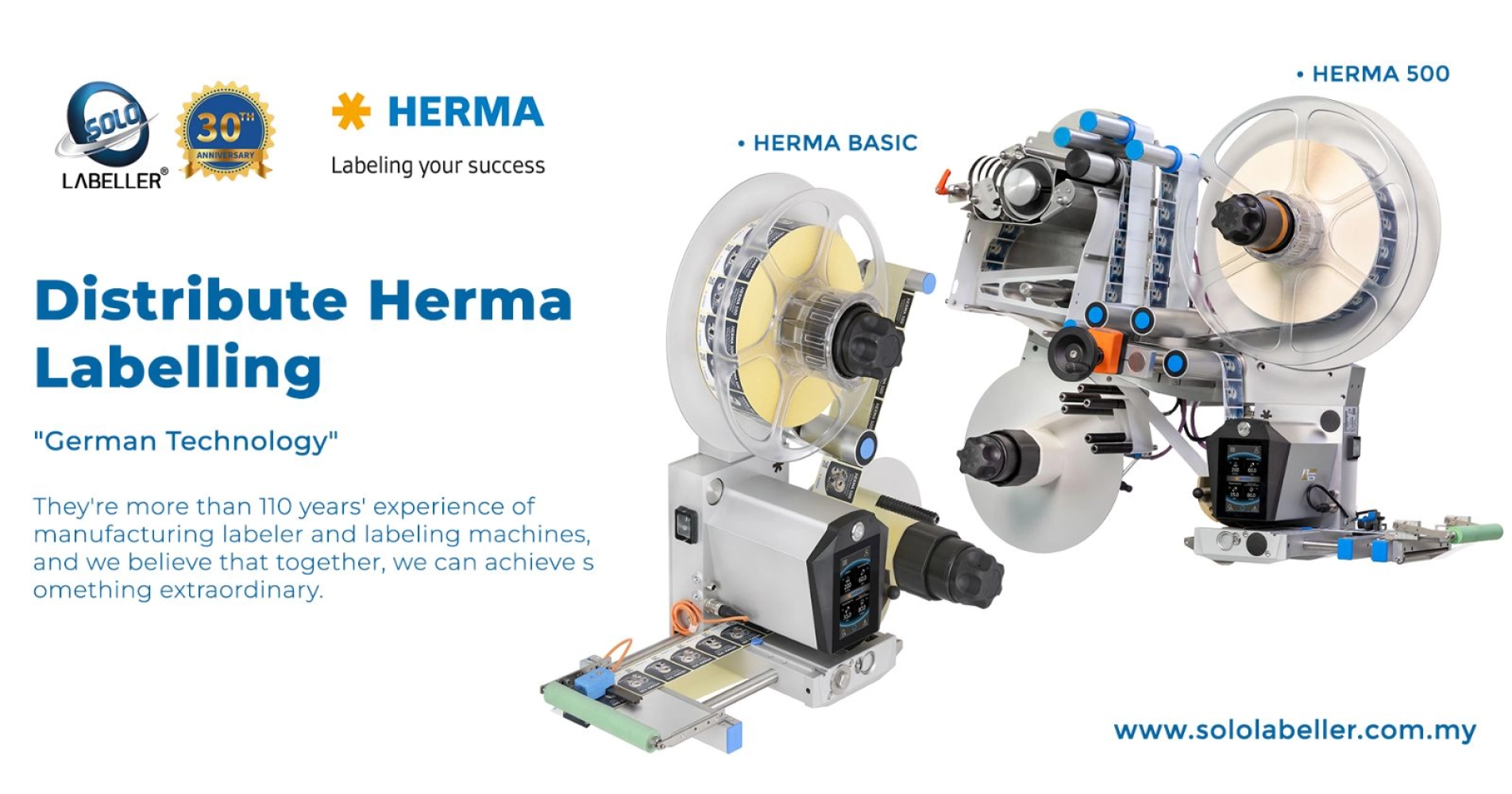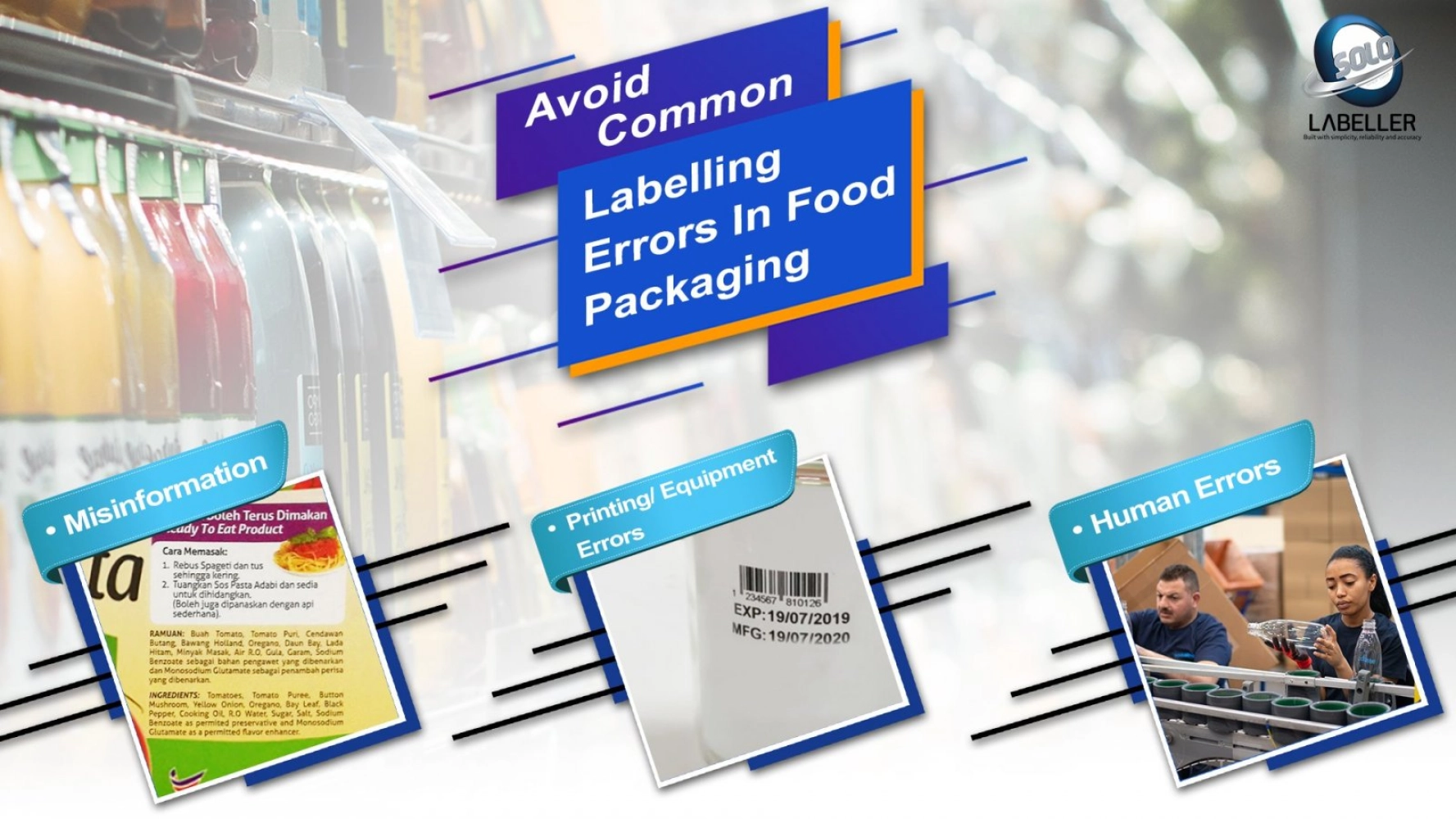Capitalise on Smart Labelling For Millennials’ Brand Loyalty

73% of global millennials will pay extra for a product that is sustainable; brand sustainability to millennials also meant trustworthiness, health/wellness, natural or organic and being environmentally friendly.
The use of labels on product packaging in the past was solely for essential information such as expiration date, manufacturing information, ingredients and is often limited by label size and packaging. However, followed by the emergence of clean labels that focused on label transparency, consumers nowadays are looking to purchase with brands that are able to display transparency on product information that includes sourcing, production, ingredients and packaging to help them make a more informed purchase decision.
Statistics from label insights survey reveals a 94% of consumers are likely to be loyal to a brand that offers complete transparency. This makes transparency on product information an important factor that motivate consumers to build brand loyalty. This trend is especially apparent on millennial shoppers. They seek for brands that are able to display authenticity, be able to be transparent on product information on product packaging when they are in the process of making purchase decision. Going above and beyond on such details could be the major driver that influence purchase decision and build brand loyalty among millennial shoppers.
To capitalize on such trends, businesses could take advantages of the current technology to move beyond constraints and have rooms for more product information to be included on packaging.
-
Barcode
-
QR Codes (Quick Response codes)
-
Radio-Frequency Identification (RFID)
14 Dec 2020








